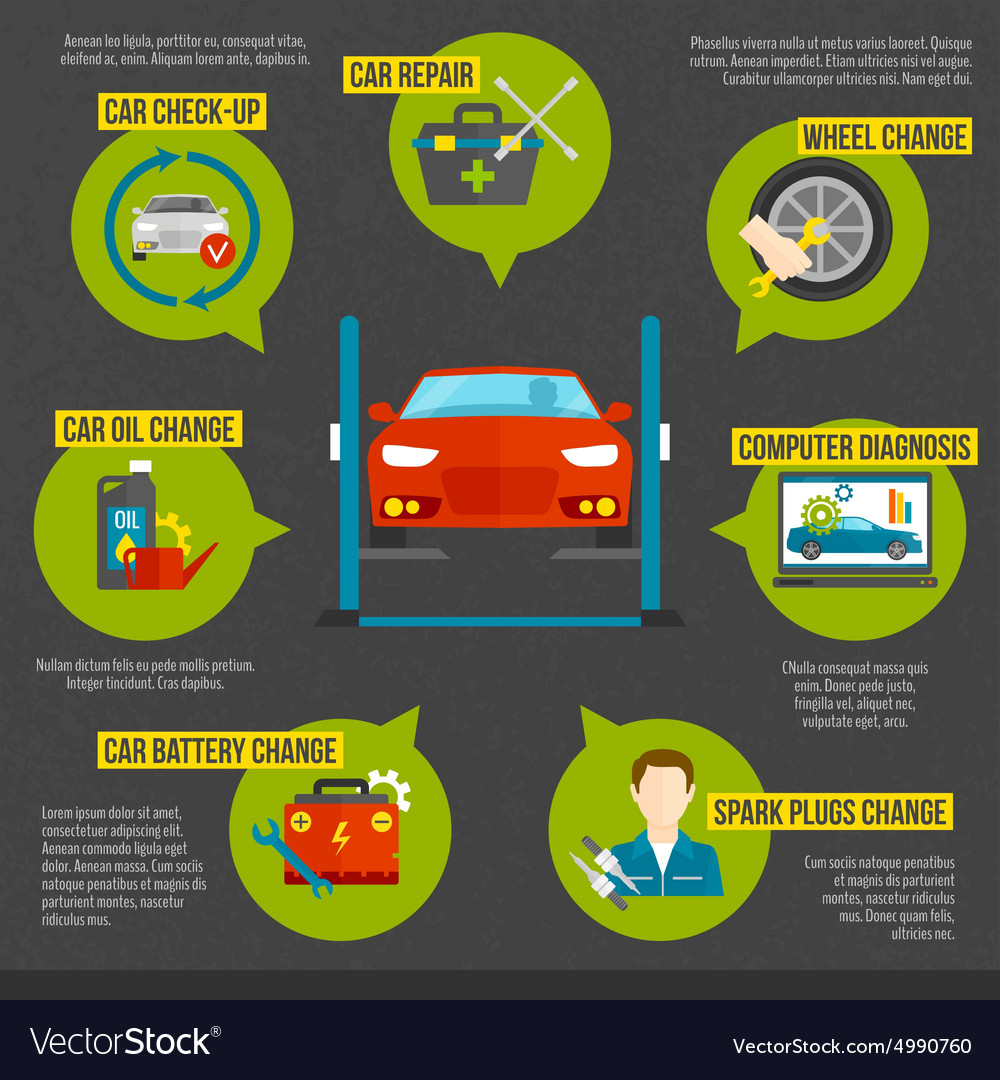Wondering Concerning The Definition Behind Those Dashboard Warning Lights? Gain Insights Into Their Implications For Your Automobile'S Safety And Security And Maintenance
Wondering Concerning The Definition Behind Those Dashboard Warning Lights? Gain Insights Into Their Implications For Your Automobile'S Safety And Security And Maintenance
Blog Article
Posted By-Higgins Forbes
When you lag the wheel, those beautiful warning lights on your control panel can be a bit difficult. Do you recognize what they're trying to tell you about your car's health? Recognizing the significance of these lights is important for your security and the longevity of your vehicle. So, the following time among those lights pops up, would not you intend to analyze its message accurately and take the necessary actions to resolve it?
Common Caution Lighting and Interpretations
Determine common warning lights in your auto and comprehend their definitions to guarantee safe driving.
One of the most regular warning lights include the check engine light, which signifies concerns with the engine or discharges system. If this light begins, it's crucial to have your car inspected promptly.
The oil stress alerting light indicates low oil stress, calling for immediate attention to avoid engine damage.
A blinking battery light may recommend a defective charging system, potentially leaving you stranded otherwise resolved.
The tire stress monitoring system (TPMS) light notifies you to low tire pressure, influencing lorry stability and gas efficiency. Disregarding this could cause hazardous driving conditions.
The abdominal light indicates an issue with the anti-lock braking system, endangering your ability to quit swiftly in emergency situations.
Last but not least, the coolant temperature cautioning light warns of engine overheating, which can result in serious damage otherwise resolved quickly.
Comprehending these typical caution lights will certainly help you attend to problems quickly and maintain secure driving conditions.
Importance of Prompt Attention
Understanding the typical caution lights in your car is just the very first step; the importance of immediately addressing these warnings can not be highlighted sufficient to guarantee your safety when driving.
When Click Webpage brightens on your control panel, it's your cars and truck's means of connecting a prospective concern that requires focus. Overlooking these cautions can cause a lot more serious problems later on, compromising your safety and possibly costing you much more in repairs.
Trigger focus to advising lights can prevent malfunctions and crashes. As an example, a blinking check engine light might indicate a misfire that, if left ignored, could trigger damage to the catalytic converter. Addressing this without delay can save you from a pricey repair.
Similarly, a brake system warning light may signify low brake liquid or used brake pads, crucial components for your safety and security when driving.
DIY Troubleshooting Tips
If you see a warning light on your dashboard, there are a few DIY repairing ideas you can attempt prior to looking for professional aid.
The initial step is to consult your cars and truck's handbook to comprehend what the certain warning light shows. Sometimes the issue can be as simple as a loosened gas cap triggering the check engine light. Tightening up https://cheap-oil-change-near-me17395.wssblogs.com/30312215/revealing-top-quality-automobile-fixing-shops-an-overview-to-the-concealed-treasures-in-your-neighborhood might deal with the issue.
One more common problem is a low battery, which can cause various advising lights. Examining the battery links for rust and guaranteeing they're safe and secure may fix the issue.
If a caution light persists, you can attempt resetting it by separating the vehicle's battery for a few minutes and after that reconnecting it. In addition, inspecting your automobile's liquid levels, such as oil, coolant, and brake fluid, can aid repair alerting lights related to these systems.
Conclusion
Finally, recognizing your car's caution lights is necessary for maintaining your car running smoothly and securely. By immediately dealing with these notifies and recognizing what they indicate, you can stay clear of pricey repair work and potential breakdowns.
Remember to consult your cars and truck's handbook for certain information on each advising light and do something about it accordingly to make sure a trouble-free driving experience.
Stay informed, remain safe when traveling!
